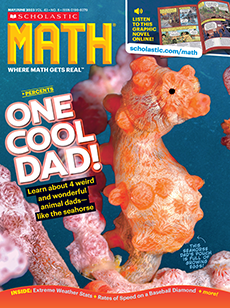George Silk/The LIFE Picture Collection/Shutterstock
Osprey eggs affected by DDT
The pesticide dichloro-diphenyl-trichloroethane was widely used in the 1940s. Better known as DDT, it was used to kill disease-carrying mosquitoes and pests that harm crops.
By the 1960s, environmentalists noticed that DDT was causing problems. Rachel Carson’s 1962 book, Silent Spring, outlined the harmful effects of DDT, including the deaths of birds of prey like osprey and bald eagles. DDT collects in the fatty tissues of each animal that eats it, and it accumulates in the tissues of animals at the top of the food chain—like birds of prey. Once in the birds’ systems, DDT caused their eggshells to thin, and most chicks died before hatching.
DDT was banned in 1972. Since then, U.S. populations of many birds of prey have rebounded.
The pesticide known as DDT was used extensively in the 1940s. People sprayed it far and wide to kill disease-carrying mosquitoes and pests that harm crops.
But by the 1960s, environmentalists noticed that DDT was causing problems. Rachel Carson’s 1962 book Silent Spring described its harmful effects. The pesticide collects in the fatty tissues of any animal that eats it, Carson’s book explained. It wasn’t enough to harm small animals that ate plants treated with DDT. But birds of prey, like osprey and eagles, hunted many of these smaller animals. That meant more and more DDT was collecting in their bodies. DDT caused female birds to lay eggs with thinner shells than usual. Most chicks died before hatching, and bird populations suffered as a result.
Carson’s book caught people’s attention, and DDT was banned in 1972. Since then, many birds of prey have recovered their numbers in the U.S.
